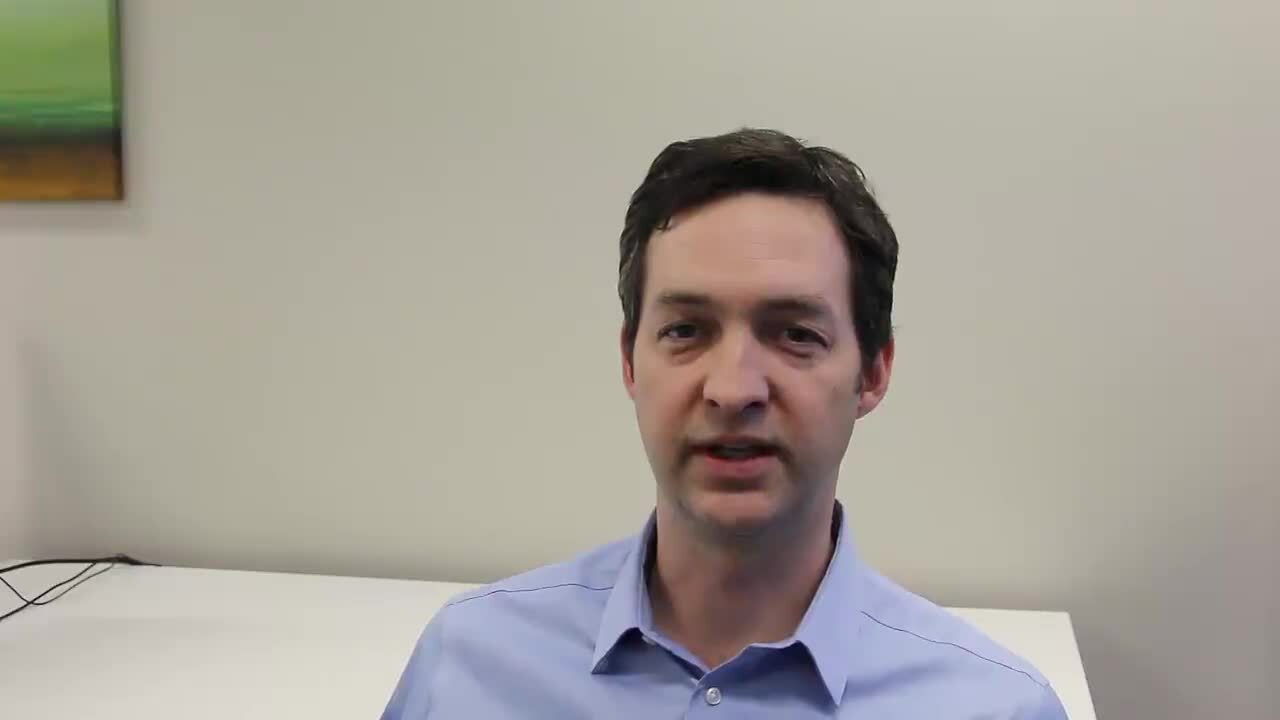Forward thinking companies are recognizing an often-overlooked third pillar of workplace incident prevention: Managing Human Error. In our first Video Blog, TalentClick’s co-founder, Stephen Race, shares his story about how a multi-national mining company uses their understanding of human error to reduce unsafe incidents in the workplace.

VIDEO TRANSCRIPTION BELOW
INTRODUCTION
Jeff Swan: Forward thinking companies are recognizing an often overlooked third pillar of incident prevention in the workplace: Managing human error. After proper procedure and employee development, identifying the inherent behavioral traits of higher risk employees and coaching them to develop safer working habits has been an effective way of reducing incidents in these industrial workplaces.
In the following clip, TalentClick co-founder and specialist in occupational safety, Stephen Race, shares his story of how a multi-national mining company uses their understanding of human error to reduce incidents and injuries in their industrial workplace.
STEPHEN’S STORY
Stephen Race: I was working with a large global company and the problem that they had was safety incidents on the job were not due to equipment failure or lack of training or the right processes. It was really the human factor – the decisions that people were making. The management said to me, “We can put 10 people through the same training program with the right things and they know what to do on the job – when we get them on the job, 8 out of 10 will do the right thing. The other 2 will do something else – they’ll make a bad decision, ignore rules, cut corners, or something else that gets them into trouble”. Sometimes, it took a few months for people to do that and sometimes a few years.
What they found was that it was the same people over and over that were getting in trouble. They wanted to be a bit more careful in how they were hiring and how they were coaching people. So, we put the right tools in place to assess people and really find out what made them tick, what set them apart from each other, and identified who were the high risk people. We then built that into the hiring process to make sure that the people were being put in the right jobs and that the guys that were already in the roles were being coached and managed properly.
By doing that, we were able to reduce the incident rate quite significantly and they were just able to get a better overall result. Their financial costs and their human costs were reduced significantly.
A SPORTS ANALOGY TO UNDERSTAND SAFETY TRAINING
Jeff Swan: So for those familiar with traditional safety training – I should clarify that Safety Quotient™ does not replace it (instead, it compliments it). Think of traditional safety training as understanding the rules of a game, like hockey. You can learn all the rules you want, but without one-to-one coaching, team practice, or skills development, you’ll never become very good at the game (let alone become a superstar).
By adding personalized coaching to safety training, you’re going to improve the chances that the employee learns the proper procedures, but you’re also going to teach the employee how to actually be a safer person. This can lead to benefits in improved performance in all aspects of life – be it personal or professional.










